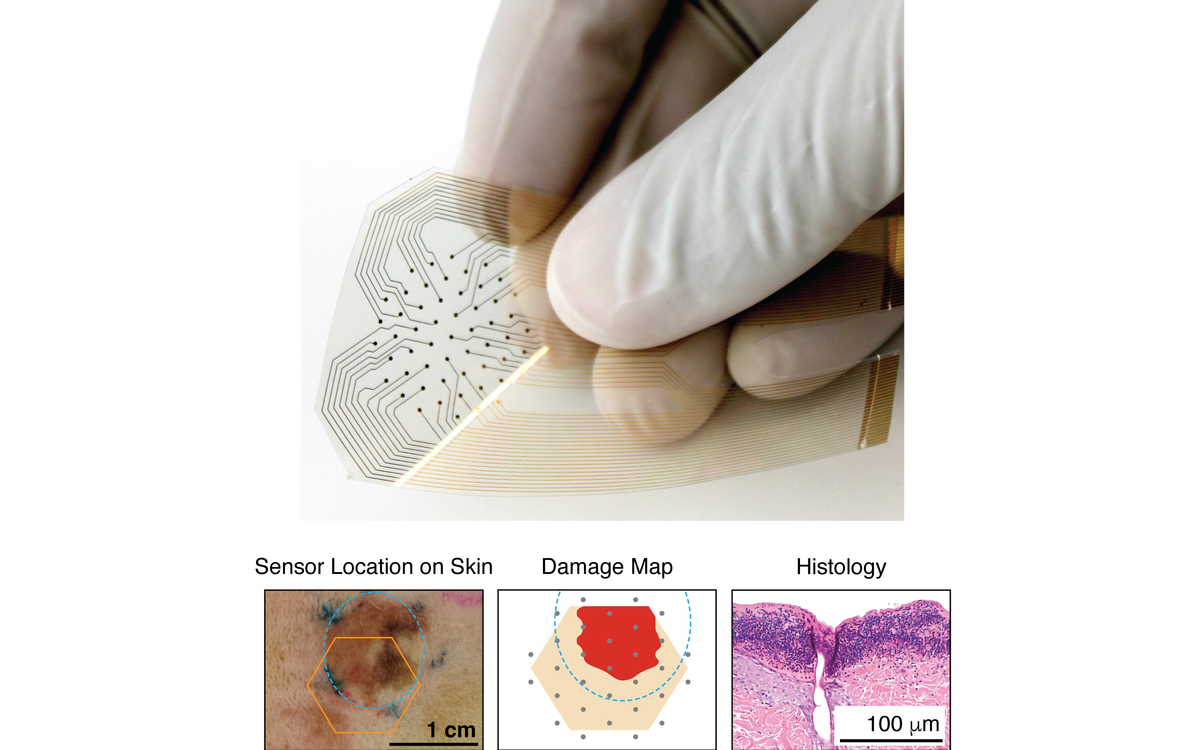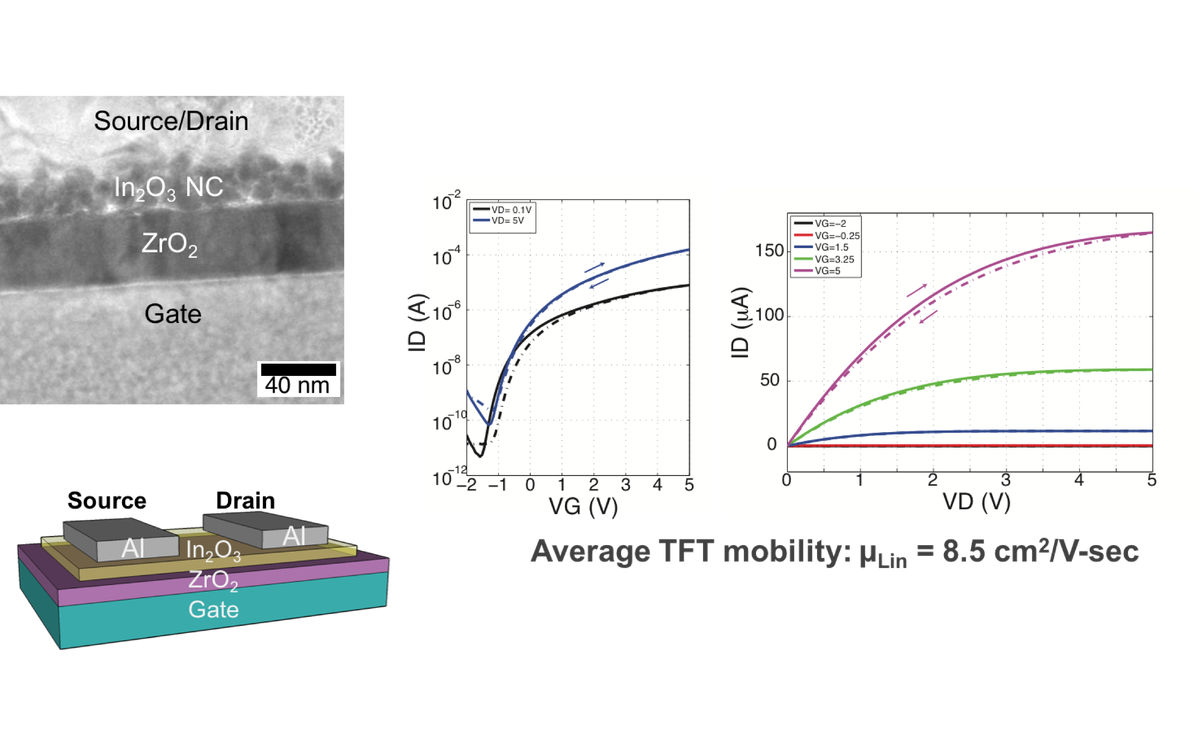Welcome to the Swisher Research Group at the University of Minnesota! We are electrical engineers, materials scientists, and biomedical engineers working on all aspects of Flexible Electronics: from the synthesis of nanomaterial inks, to the design and fabrication of transistors and circuits, to innovative applications for flexible sensors and medical devices.


